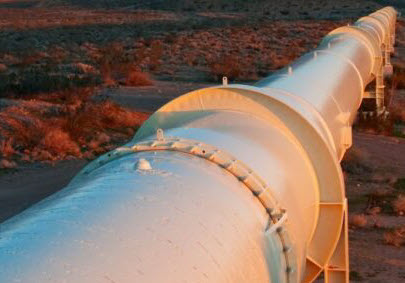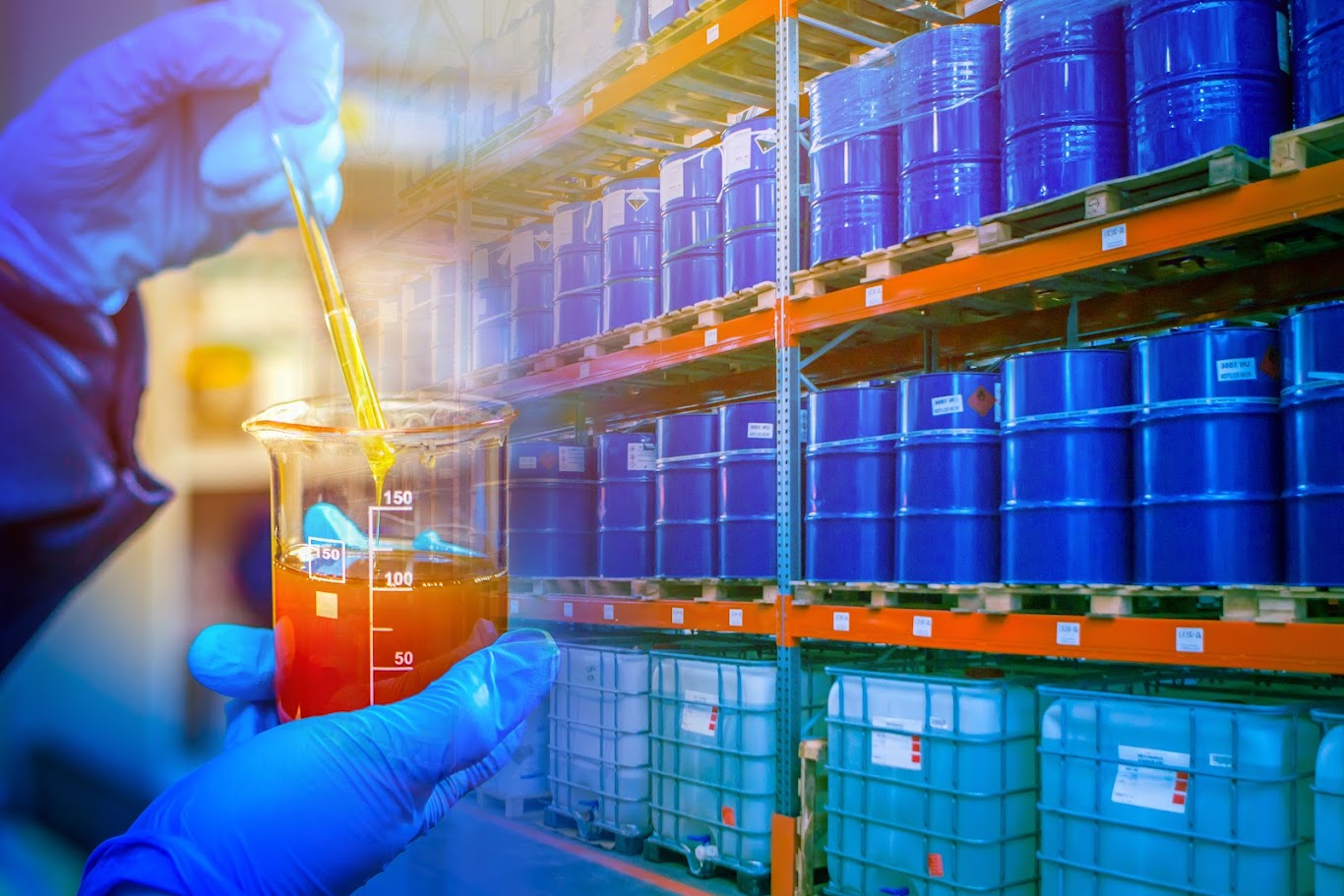Sustainable Innovations in Polyurethane Catalyst Development
The manufacturing of polyurethane has historically depended on catalyst assisted chemical reactions to regulate processes involved in its formation. This conventional method has sustainability issues due to the impact of traditional catalysts like tertiary amines and tin derivatives on the environment. They are known to lead to the production of organic compounds (VOCs) unpleasant smells and toxicity. This article explores progress in eco-friendly catalyst substitutes that avoid the harmful effects of such chemicals while upholding or enhancing the quality of polyurethane goods.
The Issue of Substances in the Manufacturing of Polyurethane
The manufacturing of polyurethane is a step in multiple sectors like automotive manufacturing and construction as well as consumer goods production and often depends on catalysts to accelerate and manage the chemical processes needed to create long lasting goods efficiently. Traditionally speaking, tertiary amines and tin based substances have been players, in these reactions; however these catalysts are associated with major downsides. Particularly related to environmental and health issues.
In the world of reactions involving isocyanate and water to form foam structures a process known as the blow reaction tertiary amines play a crucial role in enhancing the effectiveness of the reaction mechanism despite their tendency to release volatile organic compounds (VOCs) and generate unpleasant odors with negative implications for both factory workers well being and the environmental impact of the final product. Similarly significant in facilitating gel reactions and polymerization processes are tin based catalysts; however their usage is hampered by impurities that contribute to sustainability concerns within the industry. The pursuit for substances that are safer and environmentally friendly has been an active endeavor in recent times, within the industrys innovation landscape.
The Reactions of Polyurethane
To truly comprehend the extent of these advancements in technology and science innovation requires an understanding of the significance of catalyst involvement, in the production of polyurethane materials.The process of creating polyurethane involves three chemical reactions;
Reaction Process Explanation; In the reaction process described here involves the interaction of isocyanate with water to produce carbon dioxide gas—an essential step, in creating foams with reduced density levels.
The Gel Reaction occurs when isocyanate and polyols come together to form the structure of polyurethane.
Trimerization involves the process where isocyanate interacts with itself to create an more solidified polymer material.
In the manufacturing of polyurethane products; tertiary amines play a crucial role in enhancing the expansion process whereas catalysts containing tin are known for their ability to advance the formation of gel and trimerization reactions effectively. However profound sustainability concerns arise with the use of these materials necessitating the exploration of alternatives that can deliver advantages minus the accompanying environmental and health hazards.
Lately there have been advancements in finding substitutes for substances like tertiary amines or tin in metal based catalysts used for certain processes.The effectiveness of metal based catalysts in promoting the blow reaction has increased over time. Now they play a crucial role, in polyurethane technology advancements.This progress includes the use of potassium based catalysts that enable manufacturers to enhance performance without needing to use amine or tin products in their formulations.
These modern catalysts are impressive for their capability to manage all three processes involved in producing polyurethane. Blowing reaction efficiency changes and trimerization. Without relying on substances commonly used in the past methods.The resulting foams exhibit properties and reaction speeds as well, as production effectiveness while steering clear of the environmental risks linked to volatile organic compounds (VOCs) unpleasant smells and toxicity concerns.
Previously based on metal catalyst been criticized for their ineffectiveness in promoting the reaction essential in creating polyurethane foams; however recent advancements have significantly enhanced the efficiency of the blow reaction with these catalystsaffectively producing foams with properties comparable, to those manufactured using conventional materials.
Impact on Industries
The automotive sector is a user of polyurethane and has shown an increasing desire for eco friendly formulations lately as they aim to decrease volatile organic compounds (VOCs) and harmful emissions in their manufacturing processes.The emergence of these catalysts resonates with the industry shift towards more sustainable solutions. Traditional tertiary amines that tend to evaporate and emit substances over time are not preferred for items, like car seats and interior components.The introduction of these catalysts addresses these concerns by providing a safer option that benefits both workers and consumers alike.
Furthermore The decrease in smell and VOC discharges makes these innovative catalytic systems suitable for a variety of uses. From solid foams in building to soft foams utilized in furniture and bedding. The capability to enhance product safety and lessen environmental effects has rendered these developments especially attractive, to sectors concentrating on sustainability.
“Practical factors to take into account and ensuring cost efficiency.”
Although the new catalysts made of metal may need doses compared to the usual tertiary amines and tin products used in the past; they generally come at a lower cost overall. A factor that makes them quite appealing to manufacturers aiming for sustainable practices without raising their expenses in production significantly. Furthermore; these catalysts are versatile due to their compatibility, with types of polyols and HFO (hydrofluoroolefin) blowing agents; enabling their utilization across a broad spectrum of polyurethane applications.
The doubts at first about how these new catalysts work have been put to rest through thorough testing. Various mixtures for both pliable foams and even microcellular elastomers have shown that these catalysts are capable of creating premium polyurethane goods without requiring amines or tin. The outcomes have remained steady across foam densities and reaction periods as well, as product designs.
Heading Towards an Eco Friendly Future
The move towards sustainability in the production of polyurethane is no longer a far-off target for manufacturers today, thanks to advancements in catalyst technology offering safer options that help lessen environmental harm without compromising product quality standards.The development of polyurethane foams and elastomers without the need for amines or tin marks notable progress for the industry.
Organizations such as PakChem are at the forefront of driving this change by offering support and tools to incorporate these catalysts into current manufacturing processes As businesses encounter mounting expectations to embrace more eco friendly methods the need, for environmentally friendly catalysts is projected to rise.
In summary, we are ushered into an age of polyurethane manufacturing.
The advancement of eco catalysts represents a significant shift in the polyurethane sectors trajectory. Departing from substances such, as tertiary amines and tin enables producers to manufacture safer and greener products without compromising excellence or functionality. Already embraced by the field and various other industries are the advantages offered by these advancements. With an increasing number of businesses integrating these cutting edge solutions into their operations the overall environmental impact of polyurethane production is poised to become more sustainable.
Now is the opportune moment for individuals in the polyurethane sector to delve into these eco options that are available to them. Transition to catalysts that’re kinder to the environment comes with both feasibility and necessity as we strive to meet the increasing desire for sustainable goods. The advancements in metal based catalysts signal a path towards a more conscientious future, in the production of polyurethane materials.


